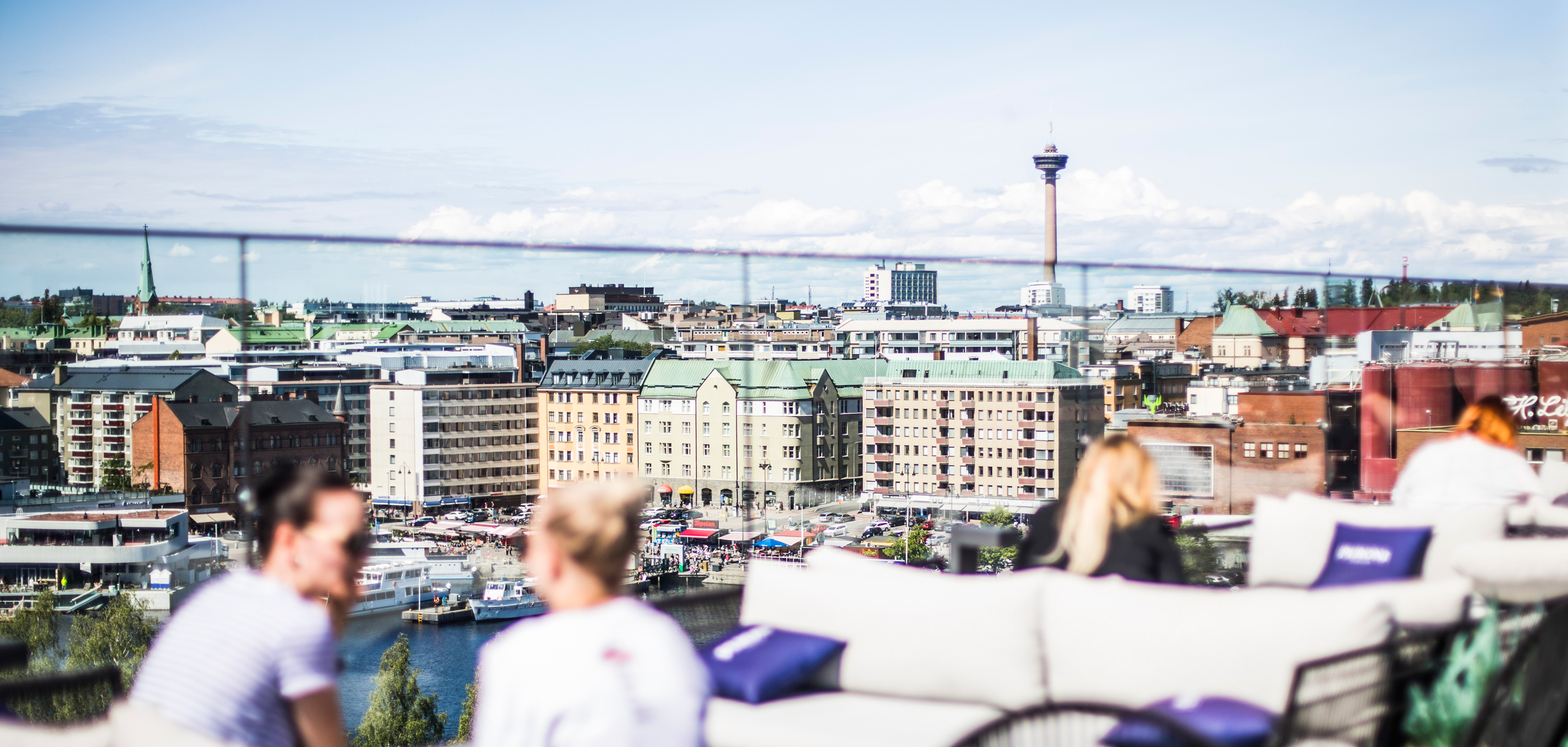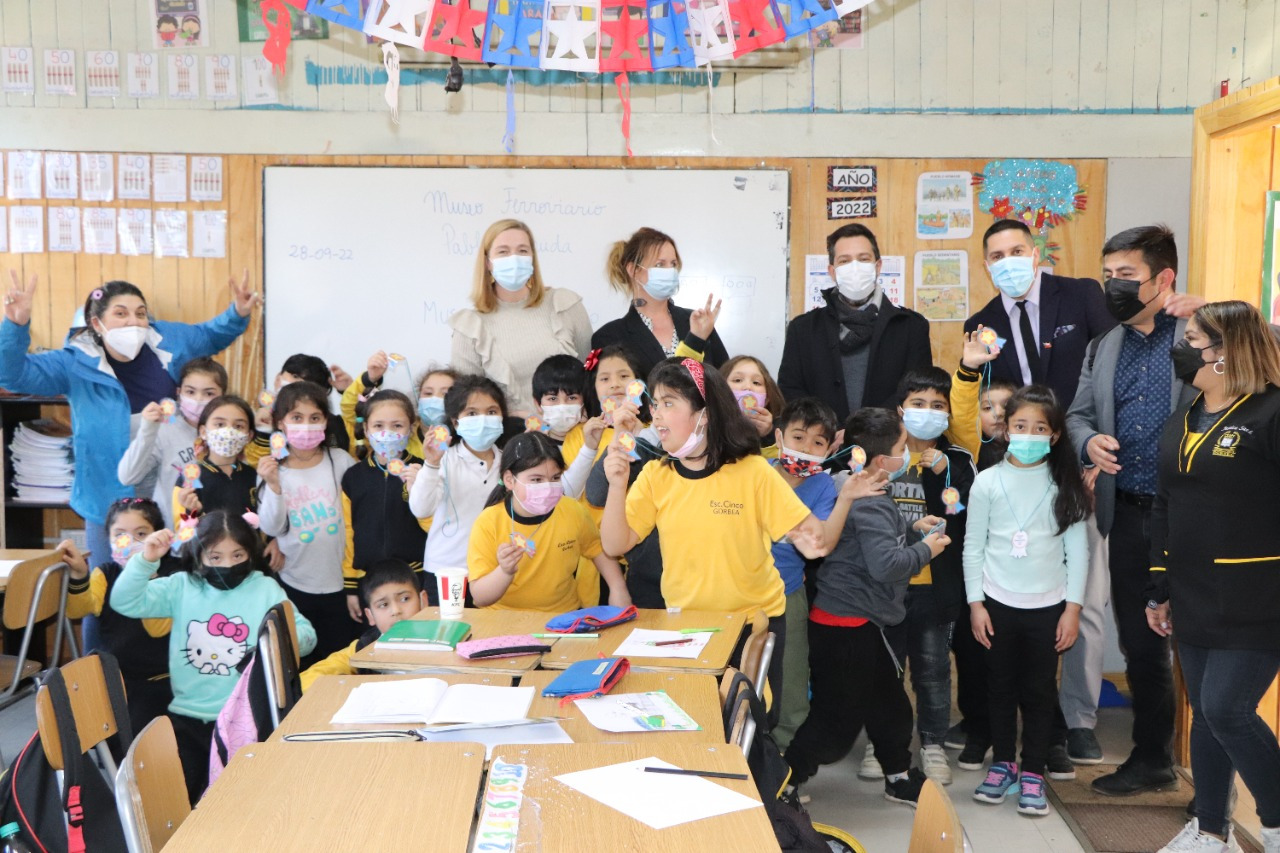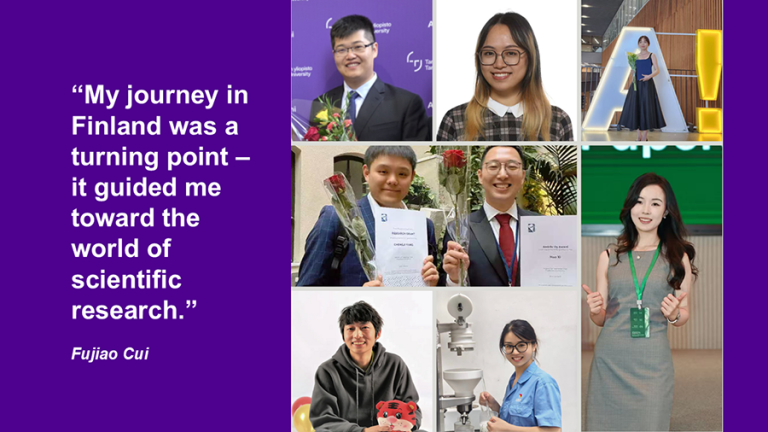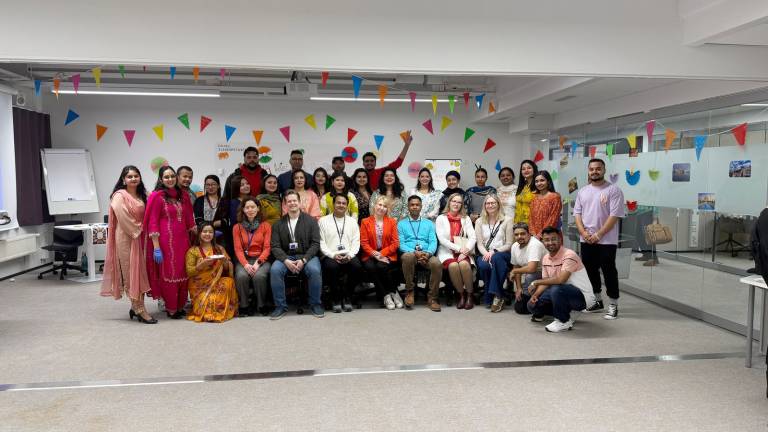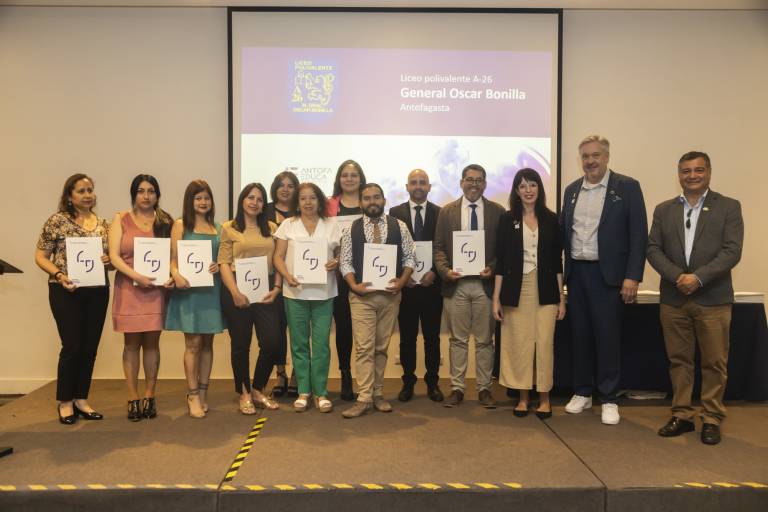The curriculum in Chilean university context is quite fixed compared to the flexibility of Finnish curriculum. The aim of the current reform at UAI is to create spaces within the curriculum for multidisciplinary work with partners from the local industry and services. Many universities in Chile know these new activities as Capstones that are culminating and usually integrative experience of an educational programme.
The development work involved the leaders from curricula development, learning center management teams and the lecturers to work together for the first time in this type of process. Together the teams design a new syllabus which the lecturers implement on a practical level in the School of Psychology.
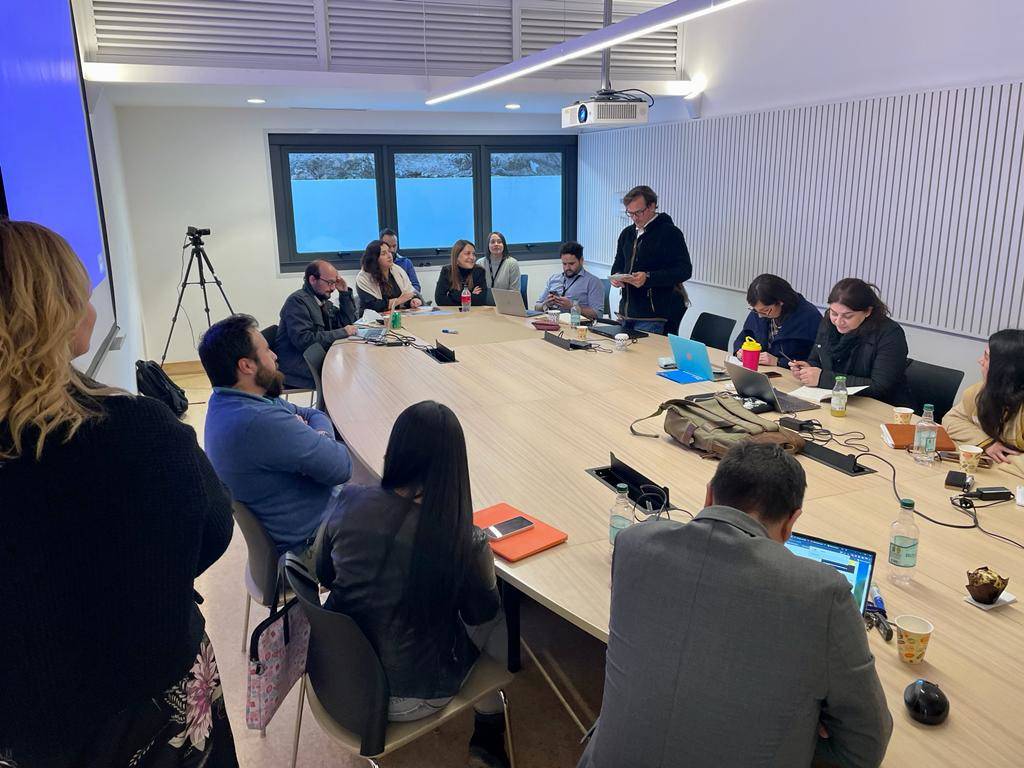
TAMK´s role in the new development project related to syllabus was to bring the know-how of Universities of Applied Sciences with the interdisciplinary student work and the collaboration with the local industry and companies throughout concrete examples; such as Sprint Innovation Festival, Hackathons, industry projects and applied thesis work. With this information the local experts created their own execution that will be implemented and tested next year.
This is not the first time when TAMK works with Capstone in Chile. During this year we have been working with another university in the north of Chile called Universidad Católica del Norte (UCN) and their engineering department.
Carlos Salinas Riquelme, Deputy Director of Curriculum Development and Evaluation, said: “The work carried out together with the Finnish specialists is of utmost importance for the UAI, since it puts a focus on the performance of our future graduates, leading them towards a work contextualised in their professional work, working with real problems. We hope to continue to deepen this perspective at the institutional level.”
Trip to Chile to deepen the cooperation
Tiina Koskiranta and Virpi Heinonen travelled to Chile to work in two separate initiatives.
During the first week they focused on the curriculum consultation work at UAI and they had the opportunity to meet the newly appointed ambassador of Finland in Chile, Johanna Kotkajärvi and talk about TAMK’s systematic work with Chilean education institutions and organisations since 2017.
“Our work here is to bring innovation, new methods and ideas, work on the motivation and trust that will be then localised with the partners. Copy-pasting from other countries learning systems is old fashioned and simply does not work,” concluded Tiina Koskiranta and Virpi Heinonen.
During the second week Tiina Koskiranta and Virpi Heinonen travelled to the City of Temuco to open new discussions with local stakeholders on possible future collaboration on education development initiatives in the Commune of Gorbea in the Region of Araucanía. Interesting agenda of both educational and cultural visits at the community were carefully prepared by the officials of the Municipal Education Department.
They also visited School of Cinco, the José Victorino Lastarria Educational Complex, the Melirrehue School, the Andrés Antonio Gorbea Bicentennial Lyceum, where they met with the heads of the technical-pedagogical units of educational establishments. Discussions with teachers, managers, students and management teams were lively and rich.
Jorge Andrés Romero Martínez, mayor of the Gorbea commune concluded: “First of all, I appreciate the efforts and value the visit of two Finnish professionals. Our intentions and wishes are precisely to change the educational processes, to improve them. There is the intention and will of the educational communities of the different educational establishments and the DAEM to optimize our current conditions. We are going to generate a link that allows us to fully develop in the educational processes”.
Text: Virpi Heinonen
Picture 1: Melissa Bruggink
Picture 2: Virpi Heinonen

